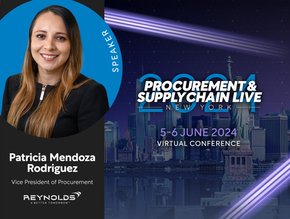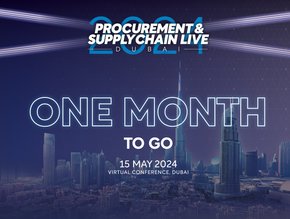EU pledges financial support for major Port of Dunkirk project

Follow @SamJermy and @SupplyChainD on Twitter.
The European Union has decided to give €550,000 in funding for the technical design studies of the project to improve access for shipping in the Western Port of Dunkirk, in order to provide optimum conditions for the berthing of the world’s largest container carriers and Capesize ore carriers in the Port of Dunkirk.
Along with all the investments planned in the Western Port, this project of Dunkerque-Port will contribute to the adaptation of harbour equipment to developments in maritime transport, and in particular the increasing size of container ships and bulk carriers. With the reconfiguration of the Flanders Container Terminal and the creation of a wharf in the Western Bulk Terminal, Dunkerque-Port will offer new capacities for handling maritime freight: container handling capacity increased by 50 percent and new capacities for transhipment of bulk cargoes.
The technical design studies will concern the adaptation of the access channel to the Atlantic Dock and of the swing circle. The aim will be to produce a precise definition of the area’s new bathymetry, the technical characteristics of the new protective embankments, the scheduling of the works and their cost. This technical design phase will culminate in the selection of the contractor who will carry out the works.
The studies, which are estimated to cost €1.09 million, were selected in the 2013 annual TEN-T call, Maritime Transport priority, to receive European funding of 50 percent. Their implementation will be monitored by the European Commission’s Innovation and Networks Executive Agency (INEA).
The technical design studies will be completed in June 2015. A public consultation prior to authorisation under the Environment Code is planned in June 2015.
The works to enlarge the swing circle and the access channel to the Atlantic Dock will begin in the last quarter of 2015 and will last for six months.
Some of the dredged sand will be recycled to protect the Port’s sea-facing structures and to reinforce the coastline, and some will be temporarily stored in predefined locations and used later in development works in the Port of Dunkirk, while the sludge will be dumped at sea.
For the works phase, a request for co-funding in the framework of the European Union’s TEN-T calls for projects was submitted to the European INEA agency on 26 February 2015. The project is also included in the 2014-2020 State-Region Plan Contract.
France’s third-ranking port, Dunkirk is well known as a port handling heavy bulk cargoes for its numerous industrial installations. It has also built its reputation in other sectors such as cross-Channel RORO traffic to Great Britain, containers, fruit, etc. Classified as the seventh port of the North Europe Range which extends from Le Havre to Hamburg, Dunkirk is also the leading French port for ore and coal imports, France’s leading port for containerised fruit imports, and the country’s second-ranking port for trade with Great Britain. For more information, please visit: www.dunkerque-port.fr






